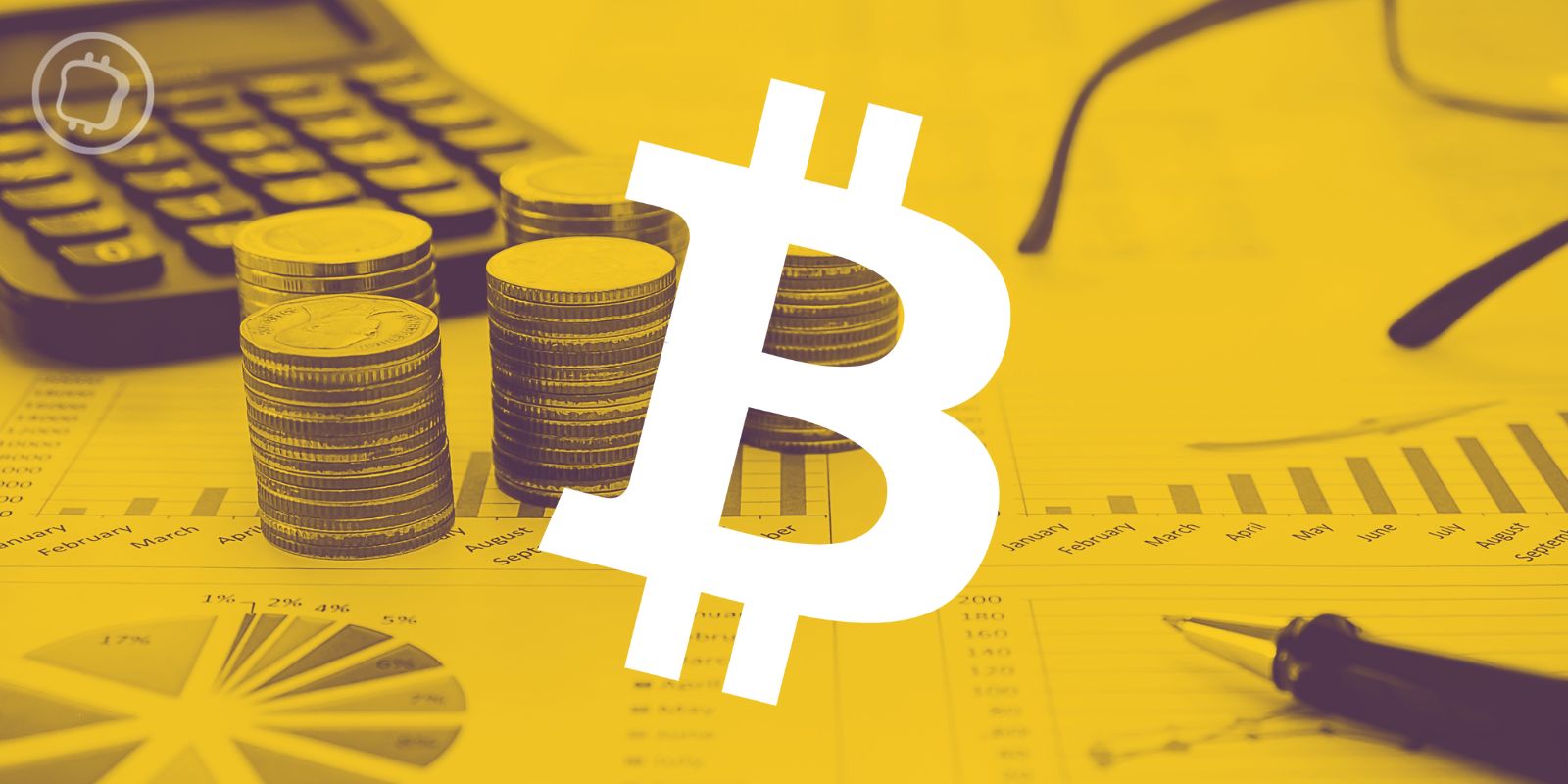Et gets chilly in Cadarache when you leave the parched lunar landscape and step inside the factory floor. 100 meters long and higher than the Arc de Triomphe, it is filled with the clinking of the building components. Workers in protective gear move them back and forth. Screwing and welding takes place in three daily shifts from Monday to Friday. The heart of the construction site is behind large tarpaulins. This is where the spherical structure that was christened the “International Thermonuclear Experimental Reactor”, or ITER for short, is created.
The test reactor should make a researcher’s dream come true. It’s about nothing less than building an artificial sun. For the first time, the intention is to demonstrate the fusion of hydrogen into helium on a power plant scale, thereby generating more energy than is put into it. If the experiment is successful, identical reactors could one day produce enormous amounts of electricity – CO2-free and around the clock. It would be the solution to mankind’s energy problems. Hydrogen is available in unlimited quantities on earth. Burning out like in nuclear power plants, where atomic nuclei are split, is impossible. Nuclear fusion does not produce long-lived radioactive waste.
The idea is decades old. The fact that it has remained a researcher’s dream so far is due to the difficulty of the project. Because there must also be conditions like on the sun. A temperature of at least 100 million degrees is necessary inside the reactor, only then do the electrons detach from the hydrogen atom nuclei and a plasma forms. At ITER, magnets weighing tens of thousands of tons are to ensure that the plasma remains in suspension and does not come into contact with the wall, where it would immediately cool down. Every screw has to be seated with millimeter precision.
A child of the Cold War
Delays have accompanied the ITER project from the start. The laying of the foundation stone dates back to 1985, when US President Ronald Reagan and Soviet General Secretary Mikhail Gorbachev agreed on a joint approach to nuclear fusion. In addition to America and Russia, 33 other member states are now on board, including China, India and Japan. The construction costs, half of which are borne by the EU countries, also continued to rise – to currently 22 billion euros.
But if you believe those involved in the project, today there is little reminiscence of the leaden early years when, in addition to money, there were also bitter disputes about the location and finally Cadarache moved to the site of the French nuclear research center. The year 2015 is considered to be the turning point. While the Directorate-General was previously headed by two rather hapless Japanese, Bernard Bigot, an experienced French core chemist, took over the helm – and strengthened his powers as the first official act, after ITER had repeatedly been bureaucratically at odds between the interests of the member states became. Even if technical imponderables remained, this brought the train to the project.














